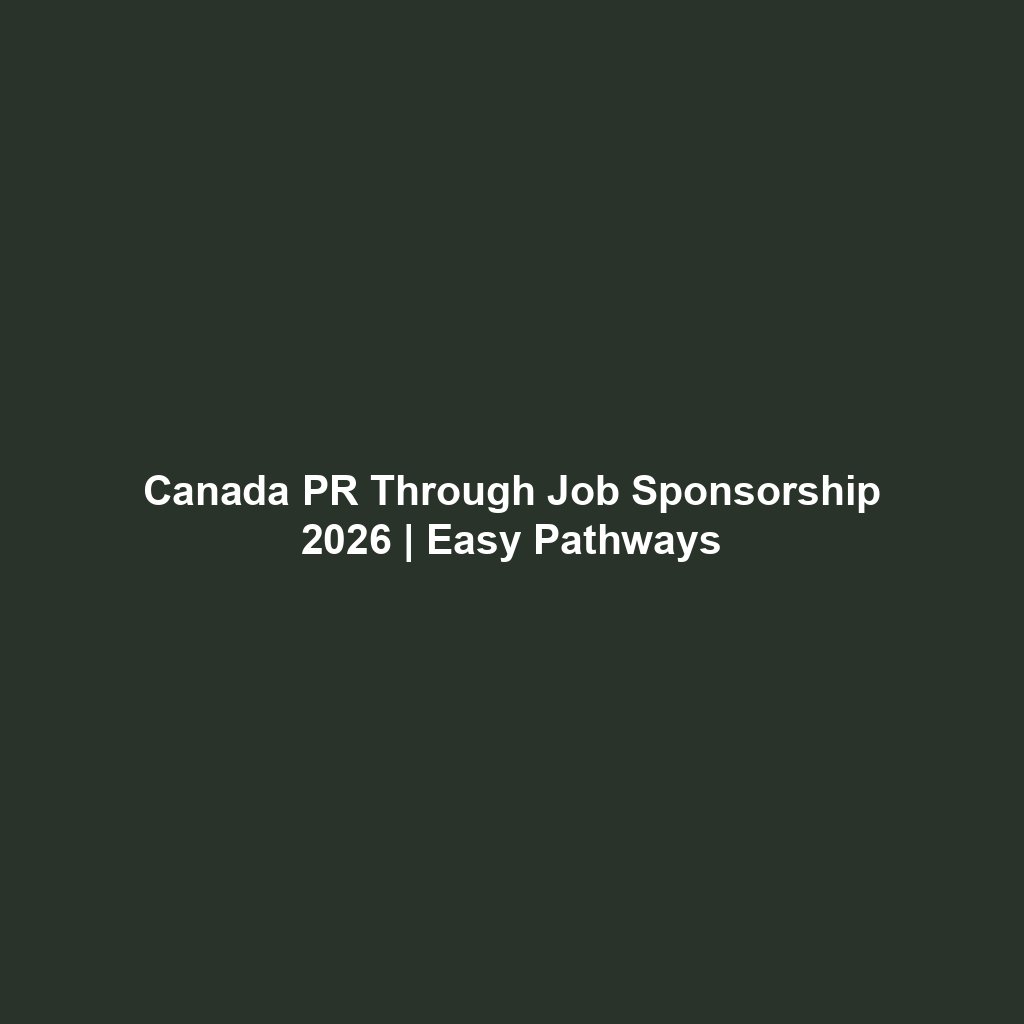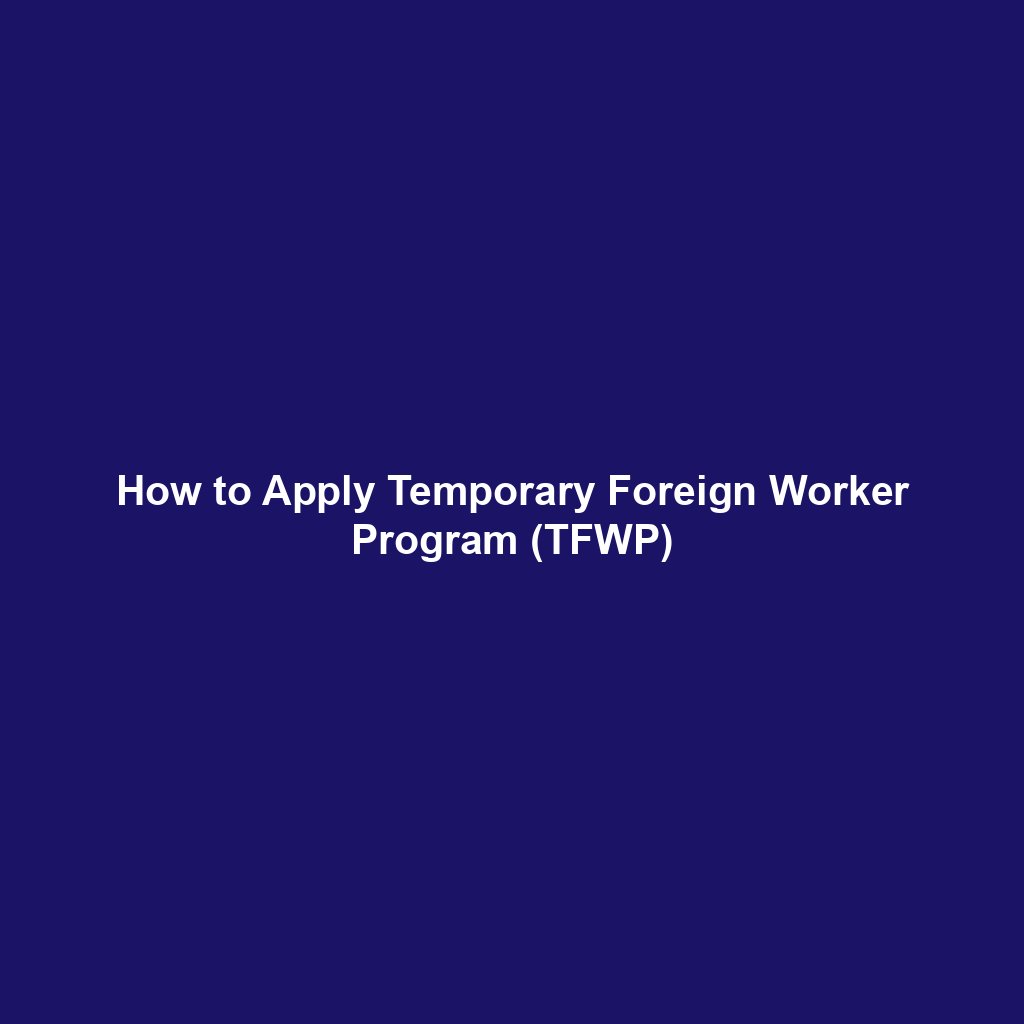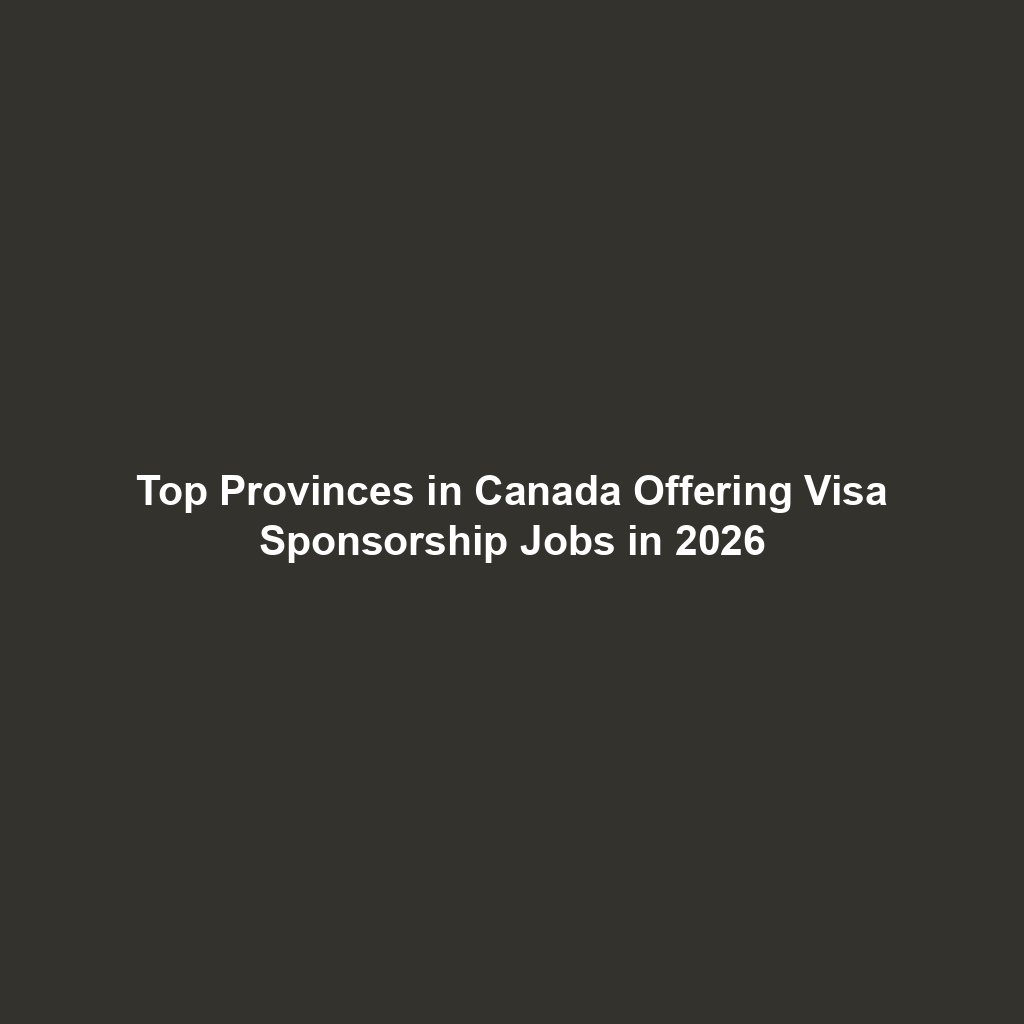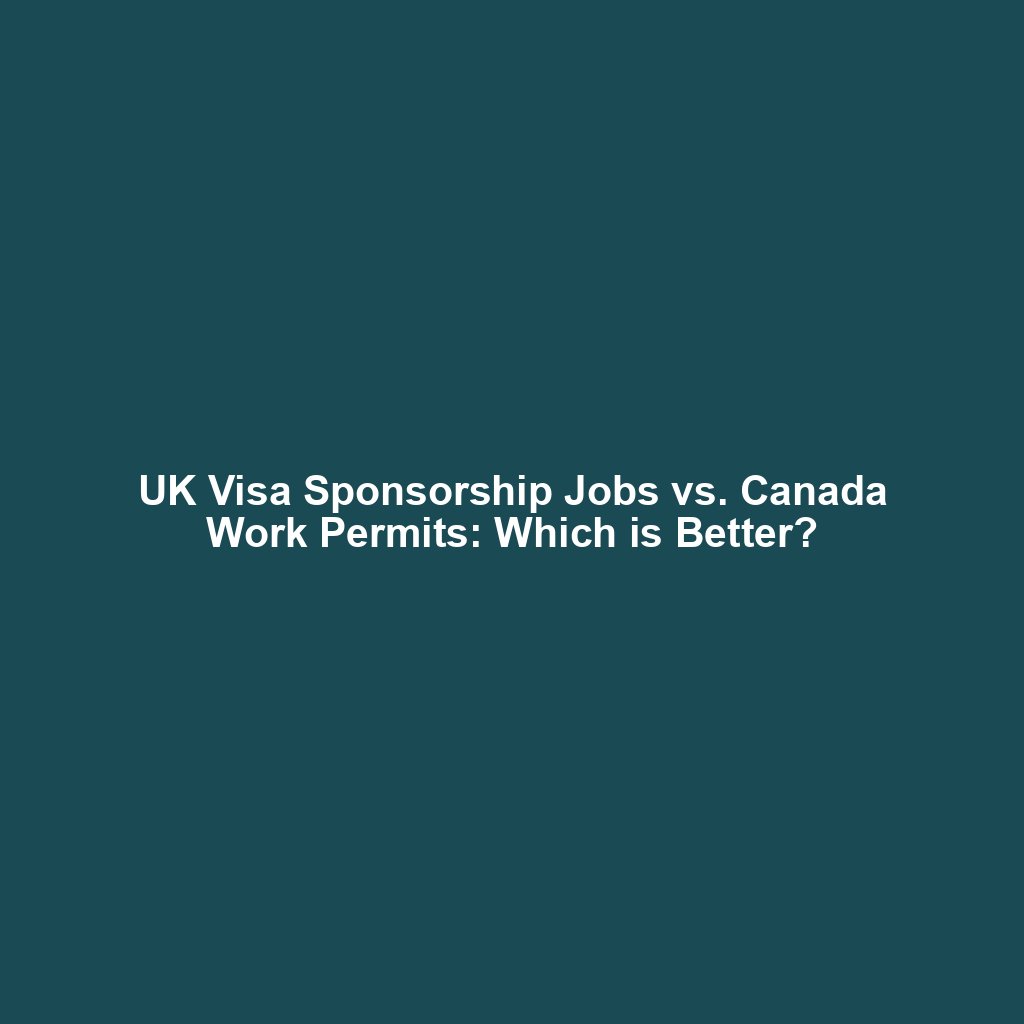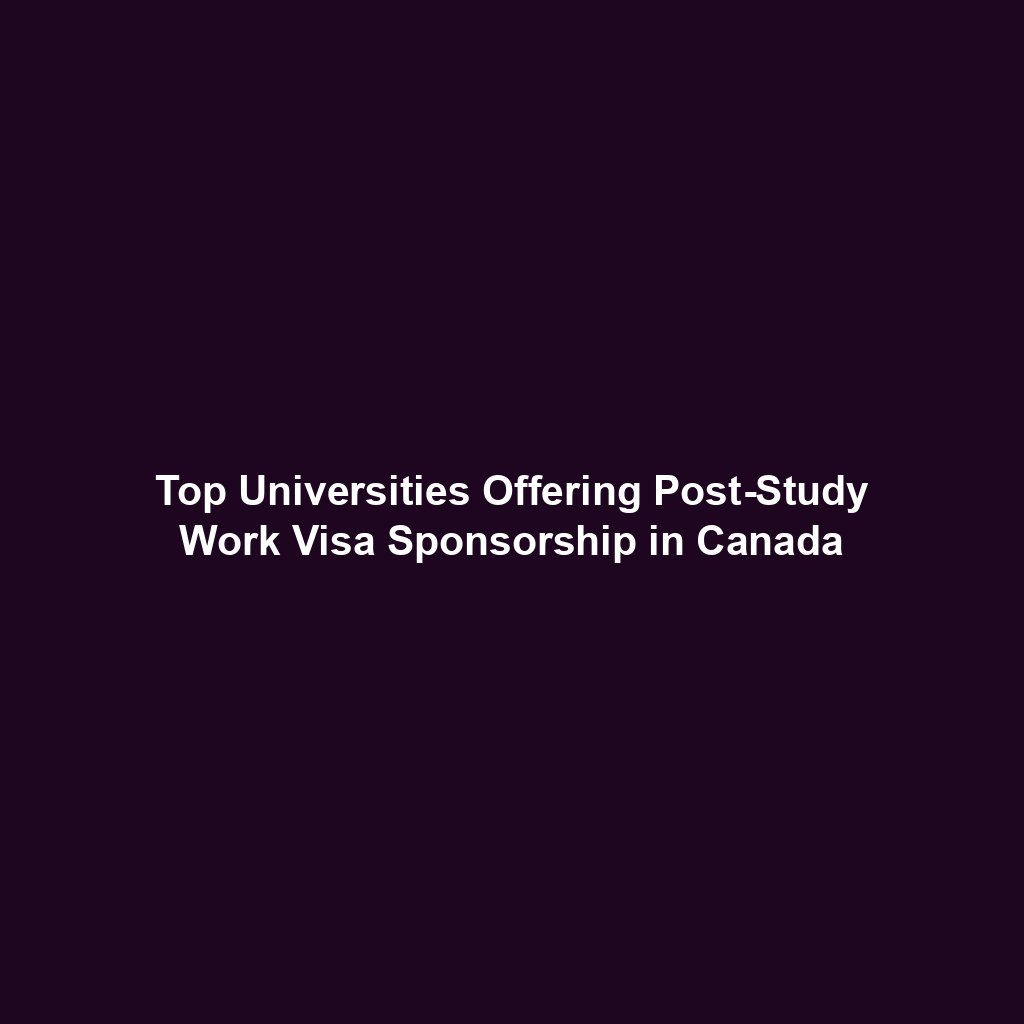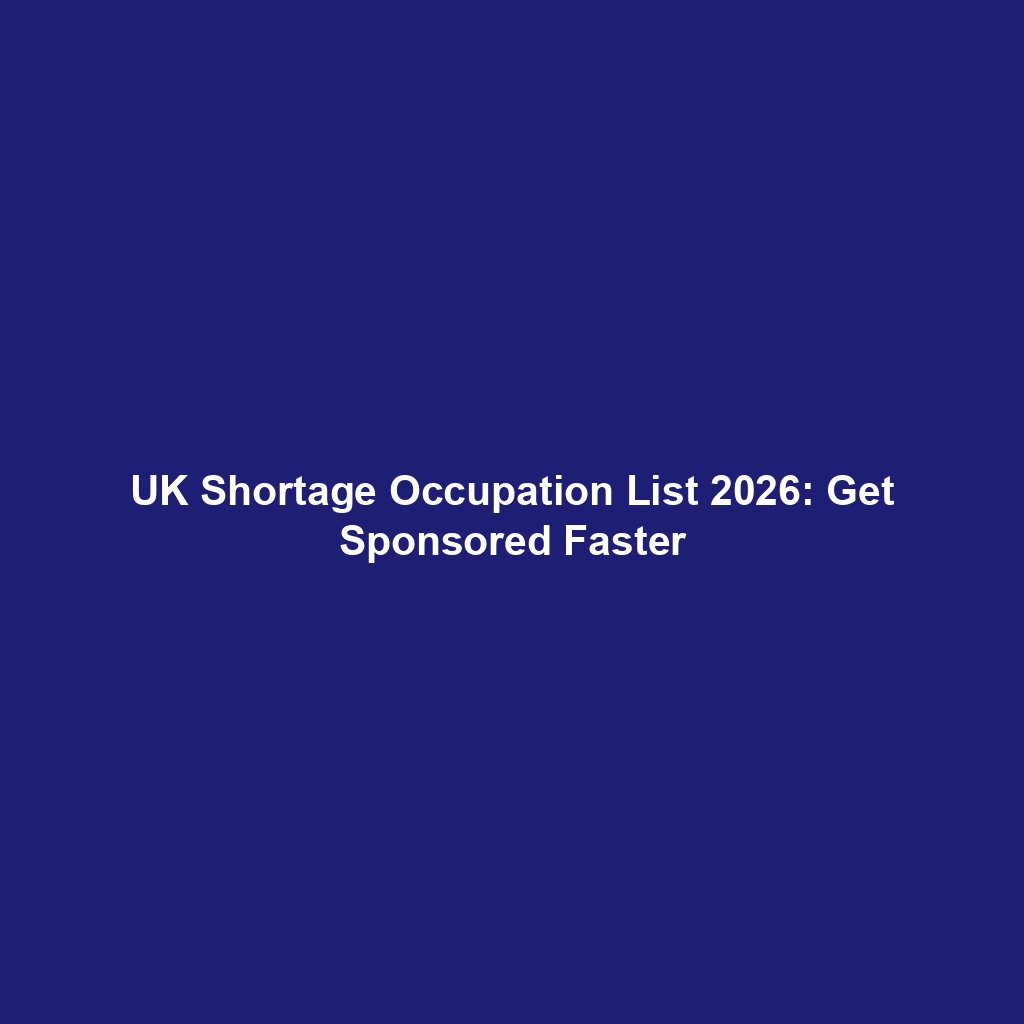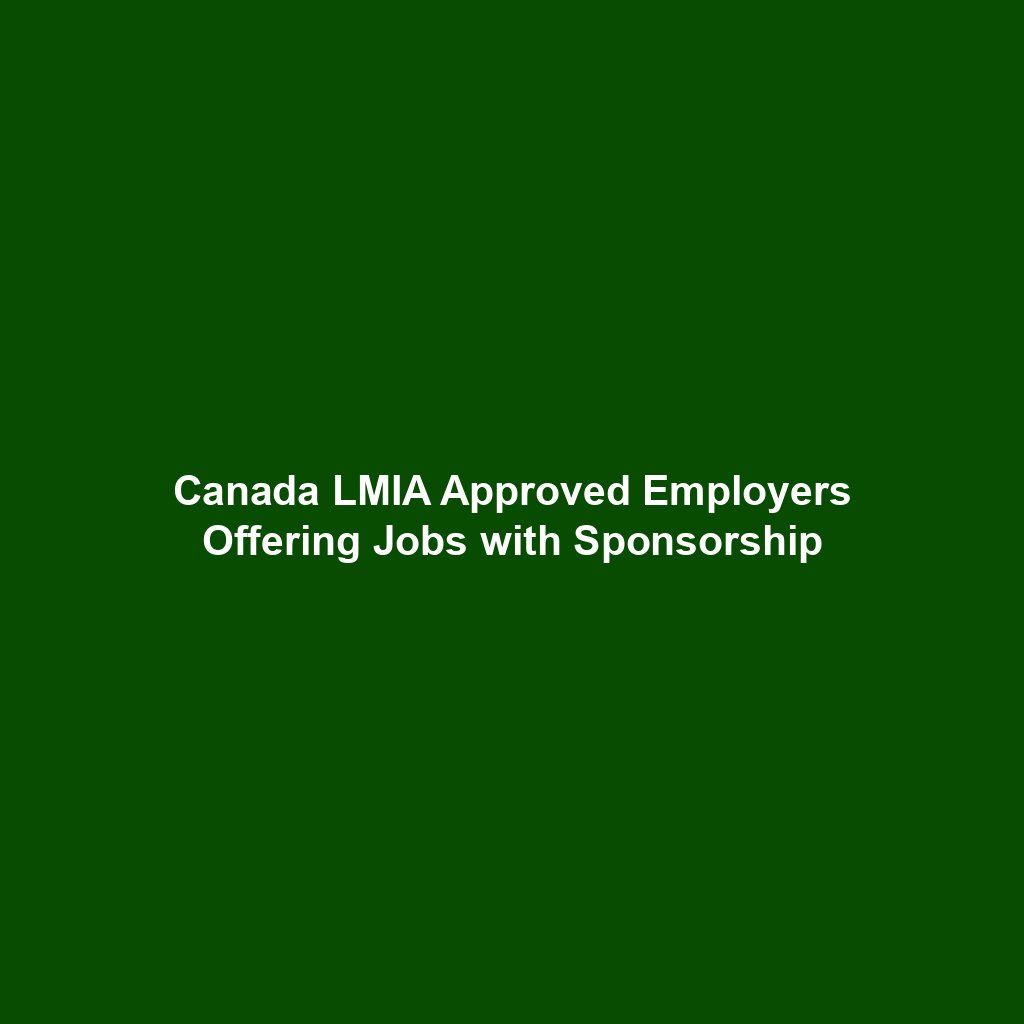Looking to get Canada PR through job sponsorship in 2026? Learn about the easiest immigration pathways, eligible jobs, how to secure employer sponsorship, and step-by-step application guidance.
Are you dreaming of living and working in Canada permanently? One of the most straightforward ways to achieve this goal is through job sponsorship. As Canada continues to face labor shortages in both skilled and unskilled sectors, the government has made it easier for foreign workers to obtain Permanent Residency (PR) by leveraging employer-sponsored jobs.
In 2026, sponsored employment is not just a means to work in Canada—it’s one of the most efficient routes to gain permanent residency, even if you don’t have Canadian education or family ties. Many immigration programs now allow foreign workers with valid job offers to fast-track their way to PR through various federal and provincial immigration streams.
This article explains the easy PR pathways through job sponsorship, the types of jobs that qualify, the step-by-step process to get employer sponsorship, and what you need to apply successfully in 2026.
Key Highlights
- 🏡 Employer-sponsored jobs offer one of the easiest routes to Canada Permanent Residency (PR) in 2026.
- 🧰 Both skilled and unskilled job offers can lead to PR through federal or provincial programs.
- 📑 You must have a valid job offer from a Canadian employer, often supported by a Labour Market Impact Assessment (LMIA).
- 🌎 Programs like Express Entry, Provincial Nominee Program (PNP), and Atlantic Immigration Program (AIP) support job-sponsored PR.
- 💼 Thousands of employers in Canada are actively seeking foreign workers to fill labour shortages.
What is Job Sponsorship in Canada?
Job sponsorship means a Canadian employer is willing to hire a foreign worker and, in many cases, help support their immigration process by applying for an LMIA or by nominating them through a provincial program.
This is typically done through:
- The Temporary Foreign Worker Program (TFWP)
- The International Mobility Program (IMP)
- A Provincial Nominee Program (PNP)
- The Atlantic Immigration Program (AIP)
- Express Entry-linked streams
Once you have a valid job offer (and LMIA where required), you can apply for a work permit and then transition to Permanent Residency through a designated immigration pathway.
Easiest PR Pathways Through Job Sponsorship in 2026
1. Express Entry (with a Job Offer Bonus)
While a job offer is not required for Express Entry, having one—especially with a valid LMIA—adds 50 to 200 CRS points, significantly boosting your chances of receiving an Invitation to Apply (ITA) for PR.
Applicable programs under Express Entry:
- Federal Skilled Worker Program (FSWP)
- Federal Skilled Trades Program (FSTP)
- Canadian Experience Class (CEC)
📝 Learn more: Canada Express Entry Program
2. Provincial Nominee Program (PNP)
Each Canadian province has its own PNP streams, many of which prioritize applicants with employer sponsorship. Some streams are aligned with Express Entry (for faster processing), while others are paper-based.
Examples:
- Ontario Employer Job Offer Stream
- Alberta Accelerated Tech Pathway
- Saskatchewan Employment Offer Stream
- British Columbia Skills Immigration Stream
📍 Check: Provincial Nominee Program Guide
3. Atlantic Immigration Program (AIP)
Designed for the four Atlantic provinces (Newfoundland, Nova Scotia, New Brunswick, PEI), AIP allows designated employers to hire foreign workers and support their PR applications.
You must have:
- A job offer from a designated employer
- A settlement plan
- Meet language and education requirements
📌 Visit: Atlantic Immigration Program
4. Rural and Northern Immigration Pilot (RNIP)
This community-driven program helps smaller Canadian towns fill labor shortages by sponsoring foreign workers for PR.
You’ll need:
- A full-time, permanent job offer
- Community recommendation
- Language, education, and financial proof
📍 Explore: RNIP Official Page
5. Agri-Food Immigration Pilot
If you’re working in agriculture or food processing, this pilot allows you to move from a temporary work permit to PR with the support of your employer.
Eligible roles include:
- Farm supervisors
- Butchers
- Food processing laborers
📍 Learn more: Agri-Food Pilot
Jobs That Can Lead to PR in 2026
Both skilled and unskilled job categories can lead to PR through sponsorship. Some of the most common roles include:
Skilled Roles:
- Software Developers
- Welders
- Electricians
- Nurses and Healthcare Workers
- Truck Drivers
- Heavy Equipment Operators
Unskilled Roles:
- Farm Workers
- Cleaners
- Meat Cutters
- Warehouse Staff
- Kitchen Helpers
- Fish Plant Workers
📌 Browse LMIA-approved jobs: Job Bank Canada LMIA Listings
How to Secure a Sponsored Job Offer in Canada
Step 1: Update Your Resume to Canadian Standards
- Use a clean, professional format
- Focus on work experience over education
- List responsibilities, achievements, and measurable results
- Include references and language skills
Step 2: Search on Legitimate Job Portals
Top sites include:
Filter results using terms like “LMIA available”, “Visa sponsorship”, or “foreign workers welcome.”
Step 3: Apply to Designated or LMIA-Approved Employers
Only employers with a positive LMIA or those designated under AIP/RNIP can sponsor workers. Always confirm the employer’s eligibility before accepting offers.
Step 4: Ace the Interview and Receive Offer Letter
Prepare well for remote interviews. Highlight your availability, commitment to relocating, and adaptability.
Step 5: Apply for Work Permit and/or PR
Once you receive a job offer, your employer will help you:
- Apply for an LMIA (if required)
- Issue a job offer letter
- Assist with PR application through one of the streams above
Benefits of Getting PR Through Job Sponsorship
- ✅ Faster processing times
- ✅ Lower CRS score requirement if employer-backed
- ✅ Direct employment and financial stability
- ✅ Access to free healthcare and education in Canada
- ✅ Eligible for citizenship after meeting residency requirements
Conclusion: Take the First Step Towards Canadian PR Today
In 2026, Canada continues to open its doors to foreign workers in record numbers—and job sponsorship remains one of the most accessible and realistic routes to Permanent Residency. Whether you’re highly skilled or looking for unskilled employment, having a valid job offer can significantly improve your chances of settling in Canada permanently.
From Express Entry to provincial programs, there’s a pathway for everyone. But the key is taking action now—start applying, build a great resume, and connect with verified employers ready to support your journey.
🎯 Don’t wait for the perfect time. The time is now to secure your future in Canada. Apply today, and take your first step toward Canadian PR!
FAQs – Canada PR Through Job Sponsorship
1. Can I apply for Canada PR without a job offer?
Yes, but having a valid job offer—especially one with LMIA—boosts your CRS score and may give you a faster pathway to PR through Express Entry or PNP.
2. How can I tell if an employer is eligible to sponsor me?
Employers must either have a positive LMIA or be designated under a specific program (like AIP or RNIP). You can check this status on official IRCC or provincial websites.
3. Do unskilled jobs also qualify for PR sponsorship?
Yes. Roles in agriculture, food processing, hospitality, and cleaning services are often eligible through pilots like AIP or Agri-Food.
4. What is the processing time for Canada PR through job sponsorship?
It varies by program. Express Entry-linked streams may take 6–8 months, while paper-based PNP or pilot programs could take 12–18 months.
5. Is IELTS mandatory for job-sponsored PR in Canada?
Yes, most PR programs require proof of English or French proficiency. The minimum required score depends on the program and job type.
